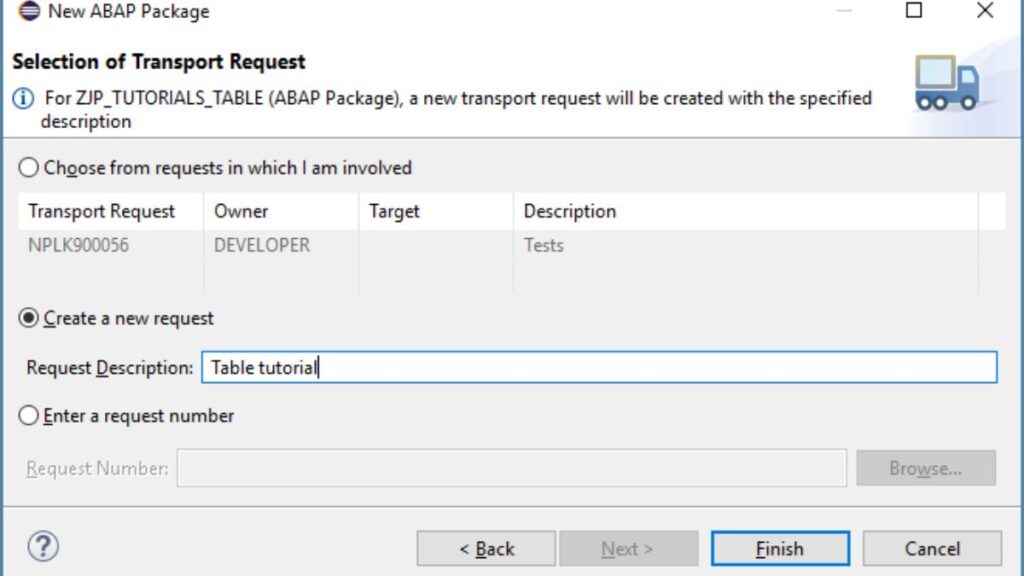How to Create a Package in SAP ABAP
In the realm of SAP ABAP (Advanced Business Application Programming), creating packages is a fundamental skill. SAP ABAP is a high-level programming language used for developing business applications in the SAP environment. Packages serve as organizational units that help manage and structure your ABAP development projects. This article will guide you through the process of creating a package in SAP ABAP, from understanding their importance to practical steps and best practices.
The Importance of Packages
Structuring Your ABAP Projects
Packages in SAP ABAP act as containers for various development objects like classes, function modules, and data definitions. They provide a structured way to organize your code, making it easier to manage and maintain your projects.

Access Control
Packages allow you to control access to specific parts of your ABAP code. You can assign authorization to different packages, ensuring that only authorized users can modify or access certain components, thereby enhancing data security.
Creating a Package – Step by Step
Step 1 – Access the ABAP Development Workbench
To create a package, you need to access the ABAP Development Workbench. This can be done through transaction code SE80.
Step 2 – Choose the Package Builder
Within the ABAP Development Workbench, navigate to the ‘Package Builder’ and select ‘Create Package.’
Step 3 – Define the Package
Enter a name and description for your package. Ensure that the name is unique and descriptive. You can also assign the package to a development class for better organization.
Step 4 – Assign Authorization
In this step, you can assign authorization to your package. Specify which users or roles can access and modify the objects within the package.
Step 5 – Save and Activate
Once you’ve defined the package and set the authorization, save your settings and activate the package.
Best Practices for Package Creation
Meaningful Names
Choose names for your packages that clearly reflect the purpose and contents of the package. This makes it easier for developers to understand the package’s role.
Documentation
Document your packages comprehensively. Describe the package’s contents, its use, and any special instructions for developers who may work on it in the future.
Version Control
Implement version control for your packages. This ensures that changes are tracked and can be reverted if necessary.
Regular Maintenance
Periodically review your packages to ensure that they remain organized and relevant. Remove any obsolete objects and update documentation as needed.
How to Earn Money from Telegram Bot
Conclusion
Creating packages in SAP ABAP is a crucial part of effective application development. It provides structure, control, and security, making it easier to manage your projects. By following best practices and regularly maintaining your packages, you can optimize your development process and enhance overall efficiency.
Frequently Asked Questions (FAQs)
Q1: Can I change the name or description of a package after creating it?
Yes, you can modify the name and description of a package using the Package Builder in the ABAP Development Workbench.
Q2: What is the significance of assigning authorization to packages?
Assigning authorization to packages allows you to control who can access and modify the objects within the package, enhancing data security.
Q3: Is it possible to move objects between packages in SAP ABAP?
Yes, you can move objects between packages using the ABAP Development Workbench, ensuring flexibility in managing your development projects.
Q4: Can I delete a package if it’s no longer needed?
Yes, you can delete a package, but it’s essential to ensure that no critical objects are linked to it, and you follow your organization’s deletion policies.
Q5: How can I keep track of changes made to a package’s objects?
Implement version control for your packages to track changes and easily revert to previous versions if necessary.
